Predatory Mite Discovery
Growers may have a new tool in their biological arsenal for controlling thrips and spider mites, as well as suppressing aphids: the generalist predator Anystis. Researchers at Vineland Research & Innovation Centre in Vineland Station, Ontario, Canada, made the discovery as part of a five-year project to develop and introduce new biological and biochemical plant protection options. The use of Anystis has already been trialed on crops of greenhouse sweet peppers and gerbera, and additional crops for future analysis include greenhouse strawberries.
“This new predator Anystis is effective against several key greenhouse pests by controlling thrips and spider mites and suppressing aphids. As a generalist predator, Anystis also preys on Echinothrips and mealybugs for which no biocontrol agents exist,” says Rose Buitenhuis, PhD, Vineland’s Senior Research Scientist for Biological Control. “Anystis is functionally compatible with commonly used biocontrol agents, including aphid parasitoids and Neoseiulus cucumeris, and is a valuable addition to an Integrated Pest Management (IPM) program.”
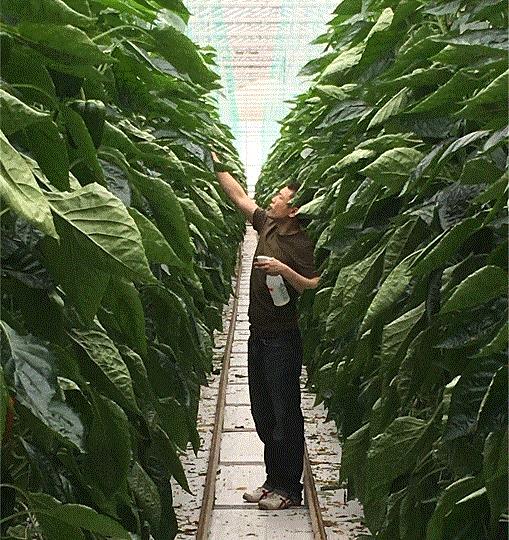
The project was transferred to Applied Bio-nomics Ltd. to scale up mass-rearing systems and for commercialization.
“Anystis is an exciting new predator. It appears to be a true generalist and is not intimidated by some of the toughest pest’s natural defenses, such as wax and webbing,” says Brian Spencer, president of Applied Bio-nomics Ltd. “It is easy to see and scout, helping growers see their activity. And it is always hungry, a very good trait.”
According to details provided by Vineland, Applied Bio-nomics is now successfully rearing Anystis and offering a limited amount of mites for growers to try.

A Culinary Herb Survey
This is the first of two requests for help we received in getting the word out about surveys to the CEA industry. Please take the time to click the link if you grow potted or fresh cut culinary herbs—these researchers conduct these surveys to help you out! Here’s the request:
University researchers are seeking input from greenhouse and indoor potted and fresh cut culinary herb growers in order to initiate a national research and extension project aimed to address the needs of the emerging industry. Your anonymous input for our survey will help to steer the focus of this project.
Currently, researchers from Michigan State University, Iowa State University, North Carolina State University, University of Tennessee and the USDA-ARS are writing a USDA Specialty Crop Research Initiative grant proposal to fund this project that will focus on marketing, economic barriers, food safety, plant protection, production and post-harvest issues related to culinary herbs.
If you grow potted or fresh cut culinary herbs or are interesting in growing and are willing to participate in this short survey, please CLICK HERE to take the survey.
The survey will close on November 25, 2021, so please provide your valuable input today!

Hydroponic Grower Survey
The second survey request came from Dr. Genhua Niu at Texas A&M University, where they're hoping to receive responses from hydroponic growers, particularly about the difficulties of growing in the Southern United States:
The hydroponic industry is growing rapidly. Faculty at Texas A&M AgriLife Research and Extension would like to better understand the current state of the industry in the U.S. We're especially interested in identifying challenges faced in the southern region or under high temperatures. This survey should take less than 3 minutes to complete. Survey results will be used to prioritize future research and extension activities to better serve the hydroponic industry.
Survey link: https://tx.ag/hydroponic
A New Sustainable Substrate for CEA
I recently chatted with Erik Caso, CEO and Chairman of a new company called Proterra Ag, about the company’s first product on the market: HYPERroots.
First a bit about the company—it’s made up of biologists, chemists, engineers and, of course, farmers, whose focus is creating sustainable products and production methods for CEA growing, as well as floriculture and cannabis. Erik notes that the work they're doing is dedicated to solving growers’ problems while creating environmentally sustainable solutions.
OK, back to the product ... HYPERroots isn't a substrate I’ve seen before. It’s 98% water and 2% organic materials (that part’s proprietary, but Erik says it’s naturally occurring material that you could eat—but don’t eat it). They're waiting on USDA certification and there are multiple patents filed for HYPERroots. It’s essentially a gel-like polymer designed to create uniformity, reduce the amount of water needed and speed up germination by 25% to 30% for CEA crops of all types, including leafy greens, herbs, tomatoes, cucumbers, peppers, eggplants and more.
Another benefit Erik talks about is the absence of pest and pathogens in the substrate, which means no interventions are needed. There are also no preparations needed, he adds, like rinsing or for pH.
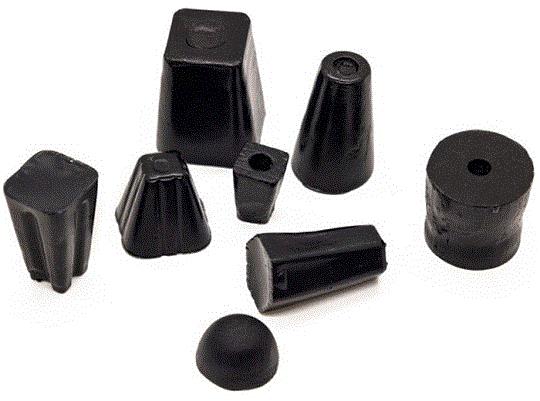
“It represents the right amount of moisture availability in the volume of gel to make sure we have something predictable for the grower,” he says. “Once you’ve adapted using this to your process, it will perform the exact same every single time—there will not be variability.”
Because of its gel-like nature, it can be formed into any shape needed, as seen in the photo. They can work with growers, too, to adapt a nutrient profile for specific outcomes or specific plants. The substrate can be transplanted into larger containers, or once finished, HYPERroots will compost completely with no leftover residue in 45 to 60 days. You can request a sample by emailing sales@proterra.ag.

Benefits of Biochar
I’ve been fascinated by biochar for a while, but I wasn’t sure there was much application for hydroponics. Well, turns out there may be some definite benefits to using biochar with hydroponic growing. My colleague Jen White, who writes our GreenTalks enewsletter, just wrote about a recent study looking at biochar’s impact on lead reduction in leafy greens:
New research out of the University of Sienna in Italy indicates that amending soil with biochar can reduce the availability of lead and thus reduce its uptake in lettuce.
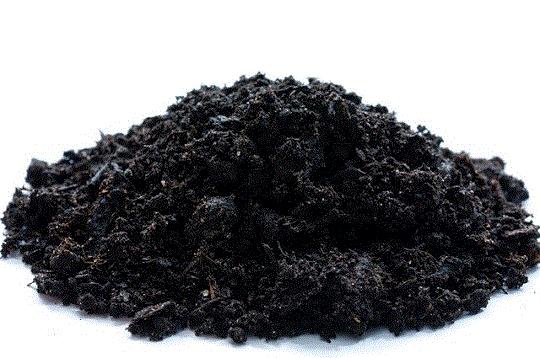
In the study, lettuce was grown in lead-contaminated soils in several scenarios, including with 5% biochar, without biochar, and again in a soilless system with 1% biochar and without biochar. Plants grown in the biochar-amended soil saw a 50% reduction in the accumulation of lead in the leaves, while hydroponically grown lettuce plants with biochar had an even higher reduction at 80%.
The authors stated that increased cation exchange capacity and pH likely limited the bioavailability of lead.
The paper appeared in the October 2021 issue of Toxics. You can read it HERE.

Signify Helps Grower Optimize Light Recipe
Dutch cucumber grower Ad Verhoeven was looking to grow his new snack cucumbers under LED lights several years ago at his operation, Kwekerij Verhoeven. The grower worked with Signify to develop a light recipe for full LEDs that was specific to the snack cucumber crop. Ad was the first grower to grow the snack cucumbers and the first to install full LED lights.
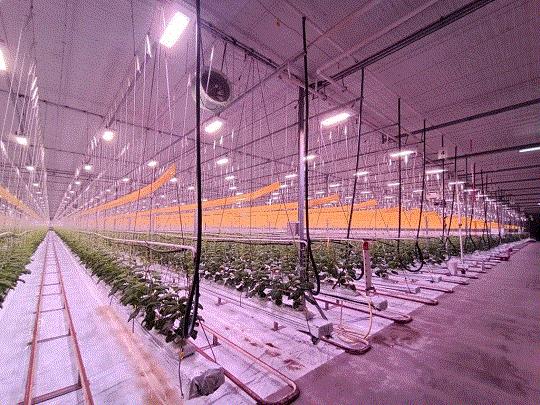
“At the time, nobody had any experience with using LEDs to grow cucumbers, not even research facilities,” he says in a media release from Signify about the recipe. “However, we had faith that we could grow cucumbers under LEDs. It turned out that snack cucumbers require a very specific light recipe to ensure full production in the darkest months.”
They found the key is the “addition of a hint of green light and far-red light, in addition to the combination of red and blue light that is typically used.” Ad notes, “The latter allows crops to stretch further so their leaves can catch more light. Thanks to this improved build-up of the crop, winter production is clearly higher and the quality of the fruit is super. Now we can realize a constant production of top-quality year-round.
“I am very pleased with the way in which Signify has handled this. We worked together very constructively and the result is impressive.”

Teaching Kids About Hydroponics
The CEA industry has seen a definite increase in interest—from adult consumers who buy the products to retailers who stock it—but there’s another group of people we need to educate, too: the kids who eat our products. It’s important for kids to understand the indoor growing process and a great way to do that is by incorporating it into the classroom.
Hydroponic growing lends itself perfectly to the classroom and KidsGardening.org has been developing curriculum for the elementary grade levels in an effort to help teachers. The program just introduced a new resource guide for K-2nd grade called "Discovering Through Hydroponics," developed in partnership with The National Farm to School Network and The Scotts Miracle-Gro Foundation.
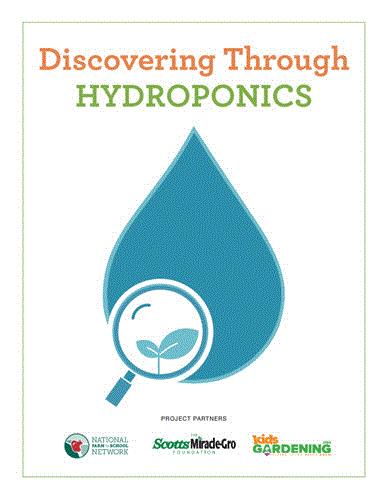
CLICK HERE to read more about the program and the lessons. While you’re at it, consider making a donation to KidsGardening.org HERE to support their efforts to educate children about all types of gardening.


As always, feel free to email me at jpolanz@ballpublishing.com with comments, questions, news and views.
Until next time, stay safe and be healthy,

Jennifer Polanz
Editor-at-Large
Inside Grower
This email received by 28,268 loyal readers!
Interested in advertising in Inside Grower? Contact Paul Black or Kim Brown and they'll show you how easy, effective and affordable it is.